PLANAR TYPES
This section covers planar speakers, which are also called flat panel speakers or dipole radiators. These include ribbon and electrostatic speakers.
Electro-dynamic Planar Speakers
This design type, of which there are numerous variants, typically use a conventional voice coil motor assembly attached to some form of flat diaphragm. Back in the late 1970s I worked with Jose Bergan, founder of BES speakers. He patented a system that used a Styrofoam panel of varying densities that, when excited by a magnet/voice coil driver, allowed the panel to resonate at different frequencies depending upon the density of the panel. What was truly unusual about this design is it produced a nearly spiral dispersion pattern.
Other companies have produced variants of this design using everything from PET foam, polypropylene foam, polypropylene, ABS, glass fiber, carbon fiber, flat Styrofoam, glass, plastic, and wall board — each with some degree of success.
Ribbon loudspeakers
Early ribbon loudspeakers used electromagnets to energize coils. The energy then went through these coils into a second pair of connections to the driver in the system. This worked as a power supply and amplifier for the loudspeaker.
Although I have never seen any early ribbon designs, I am very familiar with most modern design. Probably the most notable modern design is from Magnepan of White Near Lake, Minnesota. They use a super light (low mass) aluminum foil film securely glued to a mylar diaphragm stretched tightly over a frame and in close proximity to a series of bar magnets. Your power amplifier applies signal to the aluminum foil causing the diaphragm to move and create sound.
One of the most famous early ribbon designs was the Air Motion Transformer invented by Dr. Oskar Heil in the 1970s. This design used a flat wire voice coil positioned between mylar material and folded into an accordion shape that slipped between the pole piece of the magnet assembly. This was a dipole resonator producing equal signal output from both the front and back of the speaker. Versions of the original AMT-1 are still available today from ESS Labs of South El Monte, California. In addition, others have built upon the Heil design, including AMT-inspired mono-pole designs from both Martin Logan and Golden Ear.
Another variant of some note was the Linaeum Tweeter. It was very unique dipole ribbon tweeter. Here the voice coil was attached to sets of opposed half domes that are slotted between dual fixed magnets. As the polarity changes the ribbon moves back and forth through the gap causing the energy to be transmitted across the diaphragm, producing sound.
Multi-Cell Flat Diaphragm Speakers
This speaker is related to the electrodynamic loudspeaker in that it uses magnetic fields to move an element, however its shape is different. This speaker has the coil directly mounted on the diaphragm. Some years ago, I acquired a pair of these mid/tweeter drivers. The copper coils have been wrapped around the base of the clear plastic bulges in the photo. The long permanent magnets create separate ‘cells’ and the whole diaphragm ends up moving uniformly. This is a heavier speaker than the flat panel speakers discussed above. This type of speaker requires a transformer because each small cell has a lower impedance than a standard speaker with single exciter.
Electrostatic loudspeakers
Electrostatic speakers hold a special place in my heart as I became a Quad dealer back in 1976 and have had either Quads or Acoustat electrostatics as the primary listening speakers in my home systems ever since. I have also sold almost every electrostat produced with very few exceptions over my 51 years in the audio industry. The technology and its history are fascinating and I could go far deeper, but I will attempt to keep this section informative and relatively short.
As far back as 1947, at the forefront of the development of electrostats, was applied physicist Arthur Janszen. At the time he was working for the US military to develop a new instrument for testing microphones. Janszen felt that he could do better than the traditional cone speaker designs by applying the electrostatic principle. His early designs seemed to confirm his belief, but it would be a while before he could resolve the many technical problems that stood in his way, such as speaker arcing.
Ultimately Janszen would add insulation to his stators to resolve this issue and by 1952 he had developed a working electrostatic tweeter. Soon after he formed JansZen Laboratory, Inc., and introduce the model 1-30 electrostatic tweeter array. This array turned out to be the perfect complement for the Acoustic Research AR1, introduced in 1955, which needed the extended high frequencies available from the Janszen array.
Although many other inventors also tried to develop an electrostatic flat panel speaker, the watershed was in1955 when Peter Walker finally produced a reliable and acoustically transparent full range electrostatic speaker.
The introduction by Walker of the Quad ESL in 1956 in the United Kingdom and a year later in the US marked the greatest advancement in speaker technology to that date. Even by today’s standards the original “ESL 57” is considered a true audiophile loudspeaker.
The principle behind the design is astoundingly simple. A light, thin plastic sheet is coated with carbon graphite and then stretched between two metal grids (or stators). The stators are electrically charged and act as electromagnets. When an audio signal is added to the system the polarity alternates between the stators causing the diaphragm to move in relation to the signal. The result is clean, detailed, and very low distortion sound.
The original Quad had limited bass response below 50 Hz but was nearly linear from 50 Hz to 20,000 Hz.
In the early 1960s Arthur Janszen joined forces with a company called KLH and developed the renowned KLH Model Nine large panel full range electrostatic speaker. Because of the large size of the KLH Model Nine, it was felt that it did not have as many sonic limitations as the Quad ESL — it could play louder and produce more extended low end than the Quad.
All electrostatic speaker designs were basically the same, all of them looking like a rectangular flat screen with size being the main difference between them. Alfred Janszen was also instrumental in the development of the Koss Model One, the Acoustech and Dennesen electrostatic speakers. Roger West, the chief designer of the JansZen Corporation, later became the president of Sound Lab.
In 1980 Gayle Martin Sanders and Ron Logan Sutherland developed their first prototype full range electrostatic speaker. However, it wasn’t until 1983 when they introduced their first hybrid electrostat, the Monolith, at CES and the MartinLogan Speaker Company was officially formed. MartinLogan electrostats are unique in the way they are manufactured. They have developed a curved electrostatic panel with the result of avoiding the inherent issue of limited horizontal dispersion of sound. MartinLogan is now the largest producer of electrostatic speakers in the world.
Unique Technology
IONOVAC
My choice in 1980 for the most unusual speaker design goes to the Ionovac. According to physics, the perfect speaker has no mass, is an infinitely small point source, and can be moved without resistance. The original concept dates back to the late 1800s when Paulson demonstrated what he called his singing arc. But it wasn’t until 1954 when DuKane developed the DUKE-30 ionic tweeter. Electro-Voice marketed the Ionovacin in 1958 under a temporary agreement with DuKane.
Piezoelectric Speakers
Some people may question my putting Piezoelectric speakers in the Unique Technology section, but as simple a device as they are, they are definitely unique. They work by using an expanding and contracting crystal to vibrate the air and produce sound. Piezoelectric speakers are limited in frequency response, typically limited to very high frequencies. Therefore, they are only used as tweeters or in small electrical devices like watches or clocks to make simple sounds. In the future this technology may improve and provide wider frequency response characteristics, but this will be a job for tomorrow’s engineers.
There are some advantages to Piezo electronics. Since they are a solid-state device, they durable and good for use in devices that need to be used in unusual environments not suitable to traditional speakers.
Conclusion
This has been a rather condensed version of what can easily be expanded into a several hundred-page book. I may one day get around to writing such a volume, but for now I hope I covered enough to have spurred some interest into a subject that I have always been fascinated by. Needless to say, I have dedicated most of my 51 years in the audio industry to loudspeaker technology and product development. Additionally, I am fortunate to have met and gotten to know some of the world’s finest speaker designers and engineers. I have also had the good fortune of influencing some of the speaker designs on the market. And I have been developing a new speaker design of my own and, with any luck, I will be able to produce a prototype of this design concept to see if it will actually work. But until then I hope to continue to produce articles of interest. On that, if you have an interest or question please let me know and I will be happy to answer your inquiry to the best of my ability.
Copy editor: Dan Rubin
- ← Previous page
- (Page 3 of 3)

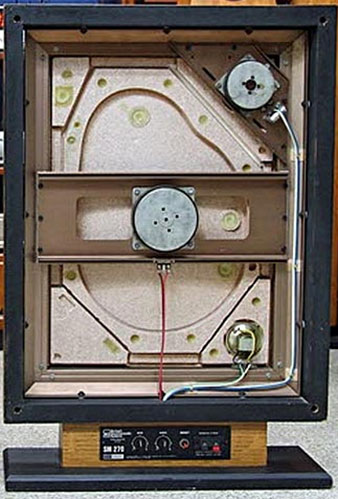
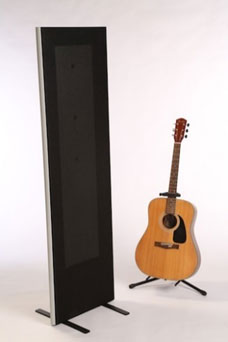
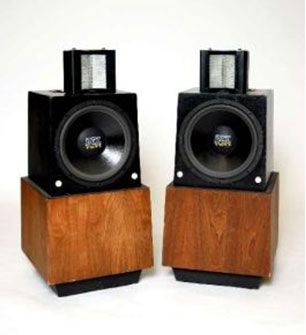
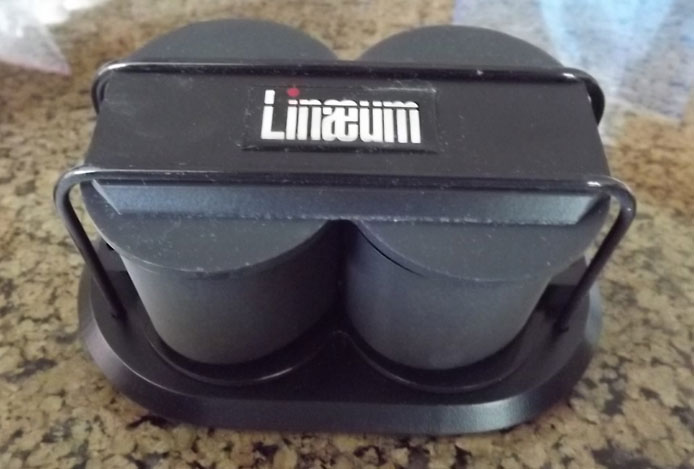
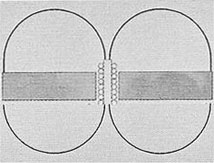
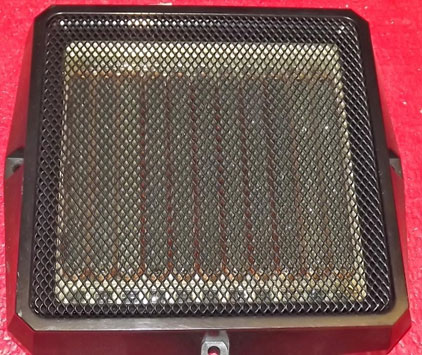
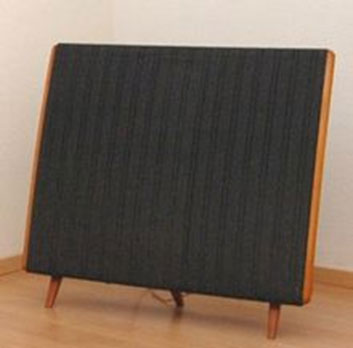
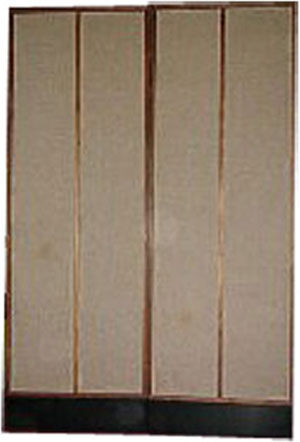
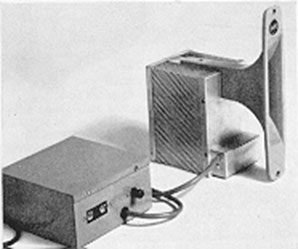
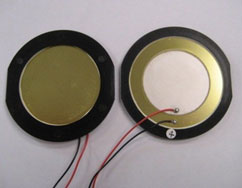
Very comprehensive and complicated for this non-techie! Two Questions: Is there any relationship between the development of speaker technology and development of hearing aids? Did you write this while on the high seas?
Your eldest cousin